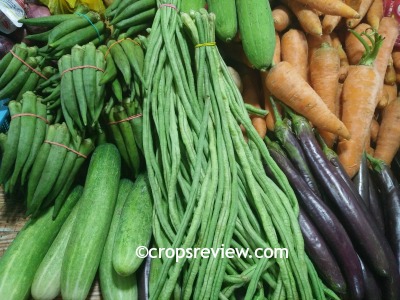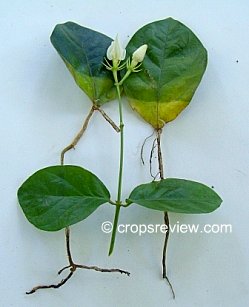Gregor Mendel is now popularly called the Father of Genetics.
The title is just fitting for one who founded the basic principles of heredity and variation in living organisms.
He did not know it during his lifetime, but he was destined to become one of the most influential persons in the growth of biology.
In 1962, James Watson, Francis Crick, and Maurice Wilkins jointly won the highly coveted Nobel Prize for having discovered the structure of DNA, the “secret of life.”
Rosalind Franklin would also have shared the prize had she lived (Phelan 2006). (Click here to read a surprising update on Watson’s and Crick’s Nobel prize medals).



